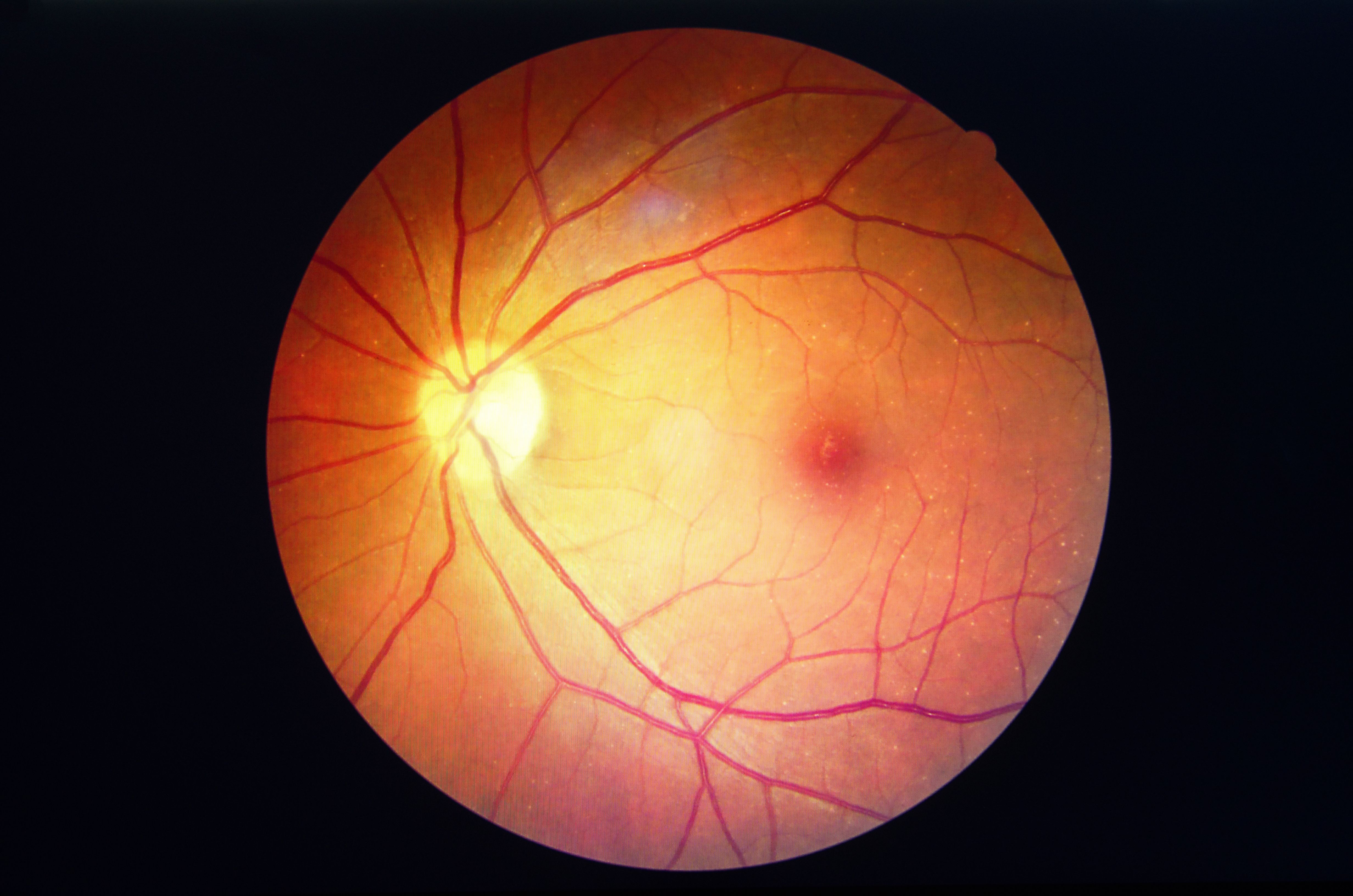Blog
Article
Why flexible care models are vital to ease clinical burden and support remote patient care
Author(s):
Flexible care models, including remote patient monitoring, can help support clinicians and patients as care environments and acuity levels shift.
© ArtemisDiana - stock.adobe.com

Imagine an elderly woman named Alice is at home and she experiences heart palpitations, so she calls an ambulance. The ambulance arrives and they transfer Alice to the vehicle and connect her to a device to monitor her heart. That information is transmitted to clinicians that are waiting for her in the emergency department (ED). Before the ambulance even arrives, the clinicians can evaluate the data and develop a plan for triage. When Alice arrives, they continue to monitor her vital signs in the ED before she is transferred to the hospital for observation using a mobile monitoring device. Clinicians continue to monitor her vital signs when she is in the hospital, including her electrocardiogram (ECG) data. After a few hours in the hospital, Alice is discharged and must return for a follow-up procedure. Between clinician visits, Alice's care team uses remote monitoring devices so clinicians can continue to monitor her vital signs and receive critical data.
Steve Gabrielian
© GE HealthCare

In today’s evolving health care climate, it’s critical that patient vital signs and data are delivered to clinicians in a timely manner so they can make the right clinical decisions for patients, whether in the hospital, at home or when returning to a health care facility for a follow-up appointment. A flexible care model, including adaptable monitoring solutions, can help clinicians navigate dynamic patient needs as care settings and acuity levels change. Flexible health care refers to a hospital or system’s ability to purposefully innovate in the face of changing conditions with speed of implementation, scale, and organizational alignment. Additionally, it includes managing a greater proportion of care outside of the hospital setting and expanding resources to meet patient needs.
The COVID-19 pandemic demonstrated how hospitals and health care systems can adapt to challenges as patient needs continued to rapidly change. Clinicians were faced with many obstacles including an influx in patients with too many at times than they had beds to accommodate, moving patients between rooms as acuity levels shifted, creating isolation spaces, opening new COVID-19 testing and vaccination sites outside of health care facilities, and more. The health care industry had to remain nimble and flexible during this crisis. We have seen the industry adapt during other crucial times such as epidemics and disease outbreaks, seasonal conditions, natural disasters and mass casualty and injury events.
The pandemic brought the need for more flexible care options to the forefront, and it also gave way to one of the largest staffing crises our industry has seen. Market research from GE HealthCare surveying more than 200 hospital and health care system leaders in the United States found 85% believe hospitals with flexible care models are best positioned to manage physical resources based on the ebb and flow of capacity and 75% believe they experience greater staff efficiencies when operating under a flexible care model. Furthermore, 87% of hospital leaders with acuity adaptable models report a positive impact on the workforce. These results demonstrate that flexible care models can help support clinicians in managing workflows more efficiently and optimizing patient care during this critical staffing shortage.
The future of health care should support clinicians with depleted resourcesand embrace remote workflows. According to the market research report, 77% of hospital and health care system leaders are increasing the use of remote patient monitoring outside of the hospital. Remote monitoring allows hospitals to more safely discharge patients early and shift care to the home. For example, when we think about Alice, perhaps she is diagnosed with atrial fibrillation when she is in the hospital for observation. The clinician may prescribe a personal ECG device that can be used at home until she returns for her procedure. They may use this same device after her procedure to keep a close eye on her and ensure the procedure was successful. The personal ECG device sends the diagnostic data directly to the clinician so they can remotely review ECG data to access cardiac events outside of the four walls of the hospital. Alice’s primary care physician can also access the data, allowing her care team to stay connected.
Many clinicians believe that places of care will continue to expand from traditional environments, such as a hospital to the home. They also believe it’s important that while we adapt to new care environments, clinicians and patients remain closely connected. GE HealthCare commissioned the Reimagining Better Health study, a quantitative survey of clinicians, patients, patient advocates and health care experts across eight countries that found that 99% of clinicians completely or somewhat agree the definition of the future is one where patients and care teams are more intimately linked together in a partnership via technology solutions. This group of clinicians also completely or somewhat agree patient care and medical treatment will take place both within and outside of traditional clinical environments, such as in patients’ homes.
As we have seen, a flexible care model greatly supported Alice’s care team. Flexible solutions helped equip the clinicians in a timely manner with pertinent data to make the right clinician decisions during each step of Alice’s journey, whether she was in the hospital or at home, in the hopes of preventing life-threatening health events, such as a stroke. The path forward is clear, and it will lead the way for more adoption of flexible care models that can support clinicians and patients in a variety of settings and acuity levels, including remote patient care.
Steve Gabrielian is GE HealthCare U.S. and Canada President of Patient Care Solutions.
Newsletter
Stay informed and empowered with Medical Economics enewsletter, delivering expert insights, financial strategies, practice management tips and technology trends — tailored for today’s physicians.





